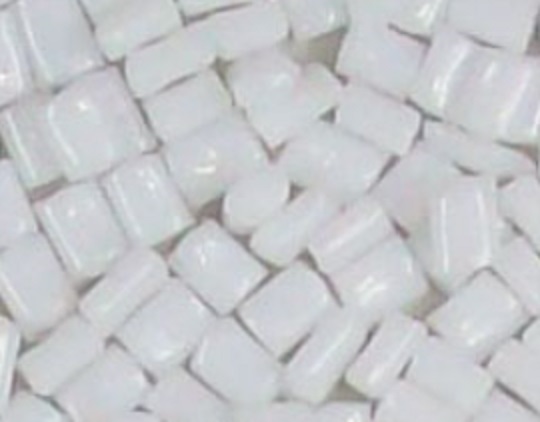 LONDON (ICIS)–Polymers demand may be outpacing economic growth now but what will consumption look like in 5, 10 or 20 years time?
LONDON (ICIS)–Polymers demand may be outpacing economic growth now but what will consumption look like in 5, 10 or 20 years time?
The plastics outlook is changing fundamentally as environmental pressure grows worldwide.
Despite the headwinds and practical bottlenecks, the momentum behind the drive for greater recycling has increased significantly in a very short time. There is little to suggest that it will diminish.
In the week of World Environment Day, World Oceans Day and the G7 summit, plastics have taken centre stage.
The plastics producing and converting industries have to ask themselves again whether the benefits of plastics to human well-being are sufficiently publicised and understood.
At the same time they need to address, head on, the problem of plastics litter and pollution.
“Mature industries tend to lag GDP which is around 2.5-3%, but plastic resins and rubber are growing at 5-7%. That’s a growth industry by any definition,” the American Chemistry Council’s (ACC) chief economist, Kevin Swift, noted this week.
That is because the myriad use of plastics and rubber in advanced economies, and rapid demand growth in the fastest expanding, continue to underpin plastics production and processing.
But companies have to try to understand in detail how things will change. Restrictions on plastics use in the developed economies is likely to become the norm alongside significant pressure to recycle more.
Where demand growth is strongest – in China and India – it is unlikely to be business as usual – or, rather, business as the major polymer suppliers and converters would like it to be.
Canada’s Prime Minister Justin Trudeau is expected to call on 8 June for a zero-plastics waste charter for the world’s major economies. He had raised the idea earlier this year and the proposal is expected to go further than the EU’s plastics strategy revamped in January.
Targeted will be single use plastics, including packaging, polymer recyclability and recycling systems themselves.
This week, India’s Prime Minister Narendra Modi introduced a government pledge to ban all single-use plastics by 2022, targeting single use plastic bags, straws and plastic cutlery, much the same as the items highlighted in the proposed new plastics directive from the European Commission.
The UN this week targeted single use plastics even to the extent of launching a global game of #BeatPlasticPollution “to showcase positive behaviour change around how we consume plastic”.
The UN always adopts a theme for World Environment Day and this year it was plastics.
“On World Environment Day, the message is simple: reject single-use plastic. Refuse what you can’t re-use. Together, we can chart a path to a cleaner, greener world,” said the UN secretary general Antonio Guterres.
The consequence of targets and pledges are difficult to assess now but by no means will it be growth as normal for the sector.
Polymer producers can expect to see demand for certain plastics fall away and, for certain grades, drop.
Across Europe and the US, sector producers and processors collectively will be actively engaged in meeting stiffer recycling volume targets and deadlines.
My colleague John Richardson has suggested in his Asian Chemical Connections blog that plastics recycling by China will lead the way as global demand for virgin polyethylene resin declines.
Most of the plastic waste that finds its way into the world’s oceans flows down the Yangtze River.
He has also suggested that the European polymer industry could become virtually self-sustaining in an efficiently functioning circular plastics economy.
Whatever processes and technologies are used to recover and recycle more, there always comes a point when the limits of what is environmentally acceptable are reached.
If European experience is anything to go by, for instance, achieving mechanical recycling rates approaching 50% will be difficult if not impossible. This is not so much a technical problem as one to do with the very nature of post-consumer waste.
While the talk may be about the circular economy, will decisions based on hardheaded environmental impact assessments be possible? This is something polymer chain participants seriously need to assess.
Incineration is held out as the most environmentally acceptable way to recover the energy stored in mixed plastics waste, for instance. It is widely practised but in Europe is roundly rejected politically now as an answer for the treatment of higher volumes of post-consumer waste.
An upsurge of consumer concern currently is forcing politicians to react. The pledges are real but the possible outcomes far from clear.
By Nigel Davis
